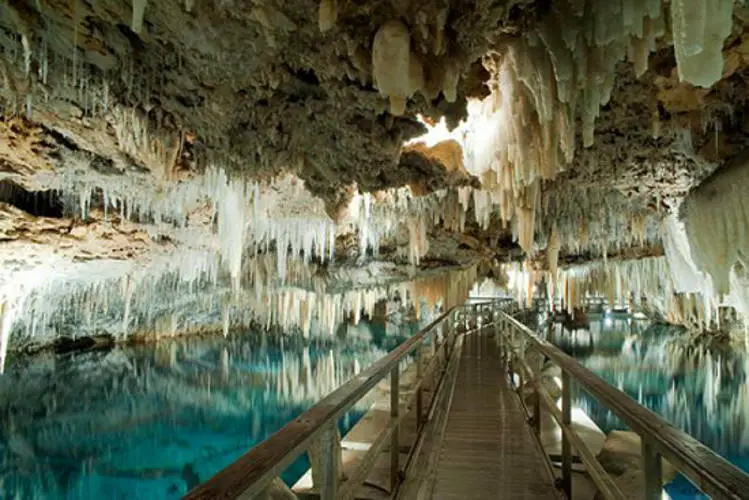MIAMI, United States. — In February 1861, the Bellamar Caves were discovered by chance. A worker who was trying to remove a rock of lime in the quarries of the La Alcancía farm, lost his crowbar when a hole opened in the ground. Don Manuel Santos Parga, owner of those lands that supplied construction materials for the works of the Sauto Theater, in the center of Matanzas, went to the place of the event, ordered the excavation to be expanded and verified that a current of hot air was coming from the interior.
This is how the entrance to the cave was discovered, which is estimated to have begun to form around 300,000 years ago. According to scholars, the plain where the caves are found was originally under the sea, forming part of the Matanzas Bay. Santos Parga, who had some knowledge about caves and mines, quickly realized the extraordinary opportunity that had been presented to him, and he set about preparing the cave to receive visitors.
A large quantity of rocks was extracted. Masonry stairs and handrails were built. As soon as conditions allowed, the landowner electrified the interior and hired guides to accompany and instruct those who arrived, attracted by the discovery. It is estimated that, during the first two years, around two thousand people visited what was then called Cuevas de Parga, later Bellamar. It was a resounding success, both tourist and scientific.
Although they speak of “caves”, in the plural, it is actually a single cave, made up of several galleries that cover a total length of 23 kilometers.
Access to the cave is through the cavity called the Gothic Hall, a chamber that measures approximately eighty meters long by twenty-five meters wide. In it is the famous Mantle of Columbus, the largest and oldest rock formation in the entire complex. It has the shape of a waterfall and a height of twelve meters.
The crystalline formations of the Bellamar Caves are distinguished by their transparent and shiny appearance, a rare beauty in the world of caves. Some halls and natural structures have been baptized by man, such as the Tunnel of Love, the Chapel of the Twelve Apostles, the Devil’s Throat, the Hall of Snows and others.
Of the total extension of the cave complex, the Bellamar Caves occupy around three kilometers. Some chambers have been known to remain totally flooded, so as time goes by, there will be much to discover.
Speleologists consider the Bellamar Caves as a potential laboratory for the study of subterranean crystallography, especially those derived from calcium carbonate, of which there is a wide and beautiful variety there.
The enclave, whose tourist and scientific importance has increased, was declared a National Monument.
















